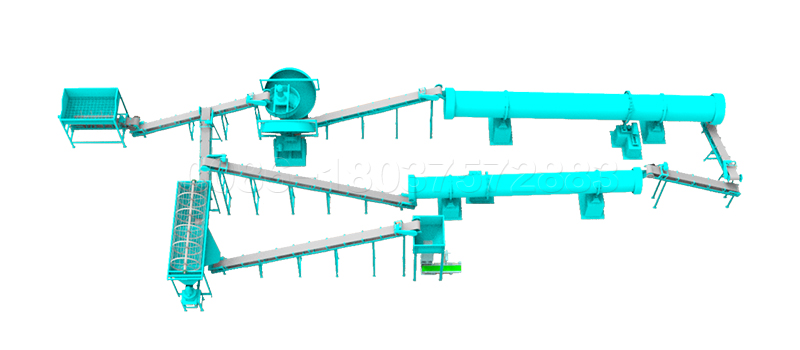Now more and more investors enter the organic fertilizer industry, but many users only have a simple understanding of the organic fertilizer industry and have no actual production. Therefore, there are still many problems in the investment process.

How much is the full set of organic fertilizer equipment? How to determine? In fact, customers will find a lot of opinions on how much, because each customer’s situation is different and there is no standard conclusion.
For example, the annual output and production process of customer a and customer B are basically the same, but customer a’s raw material is dry chicken manure and customer B’s raw material is wet chicken manure, so customer B must purchase a solid-liquid separator, but customer a does not.
Then the price difference will come out. Therefore, the input amount of organic fertilizer manufacturing process should be determined according to the actual situation.
A complete organic fertilizer production process includes machines: dumper, crusher, fertilizer granulator, dryer, screening machine and automatic packaging machine. These machines are usually necessary for a complete organic fertilizer production line.
In fact, these equipment have different types and specifications, such as fertilizer granulator, disc granulator, flat mold granulator and new organic fertilizer granulator, as well as other fertilizer equipment. Of course, the price of machines with different specifications is also different, so everything is subject to the actual production demand of customers.
Organic fertilizer equipment with an annual output of 2000-10000 tons
To sum up, how many complete sets of organic fertilizer equipment with an annual output of 2000 tons to 10000 tons? It depends on the manufacturing process of organic fertilizer.
Whether it’s NPK fertilizer manufacturing or livestock manure production projects of organic fertilizer, you are welcome to consult online or come to the factory to test the machine at any time. We welcome you at any time.


